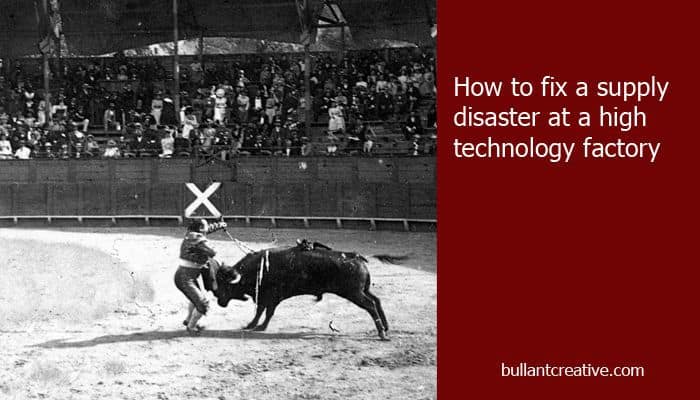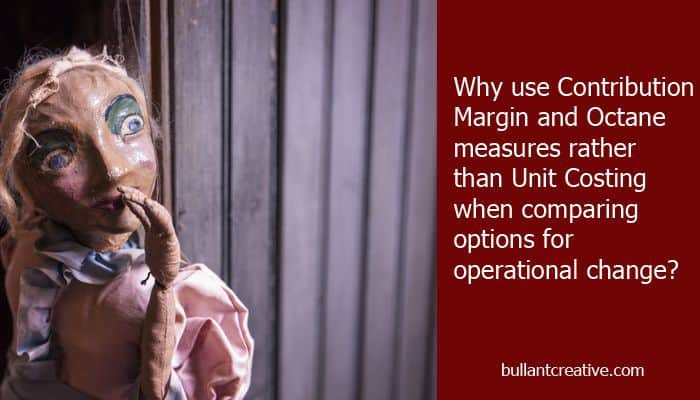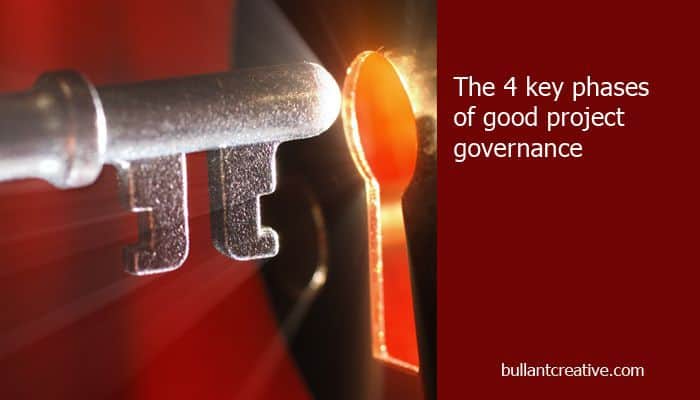Capacity decisions made at the time of asset procurement have a huge strategic effect on the long term competitiveness of a manufacturing operation. This is particularly true in the process industry where most of the factories use Flow Lines.
In this article we explain how flow lines are designed as well as the supply chain system benefits of un-balancing flow lines, i.e. adding extra capacity upstream and downstream of a flow line’s bottleneck.










